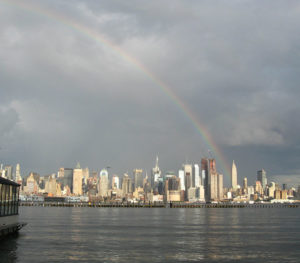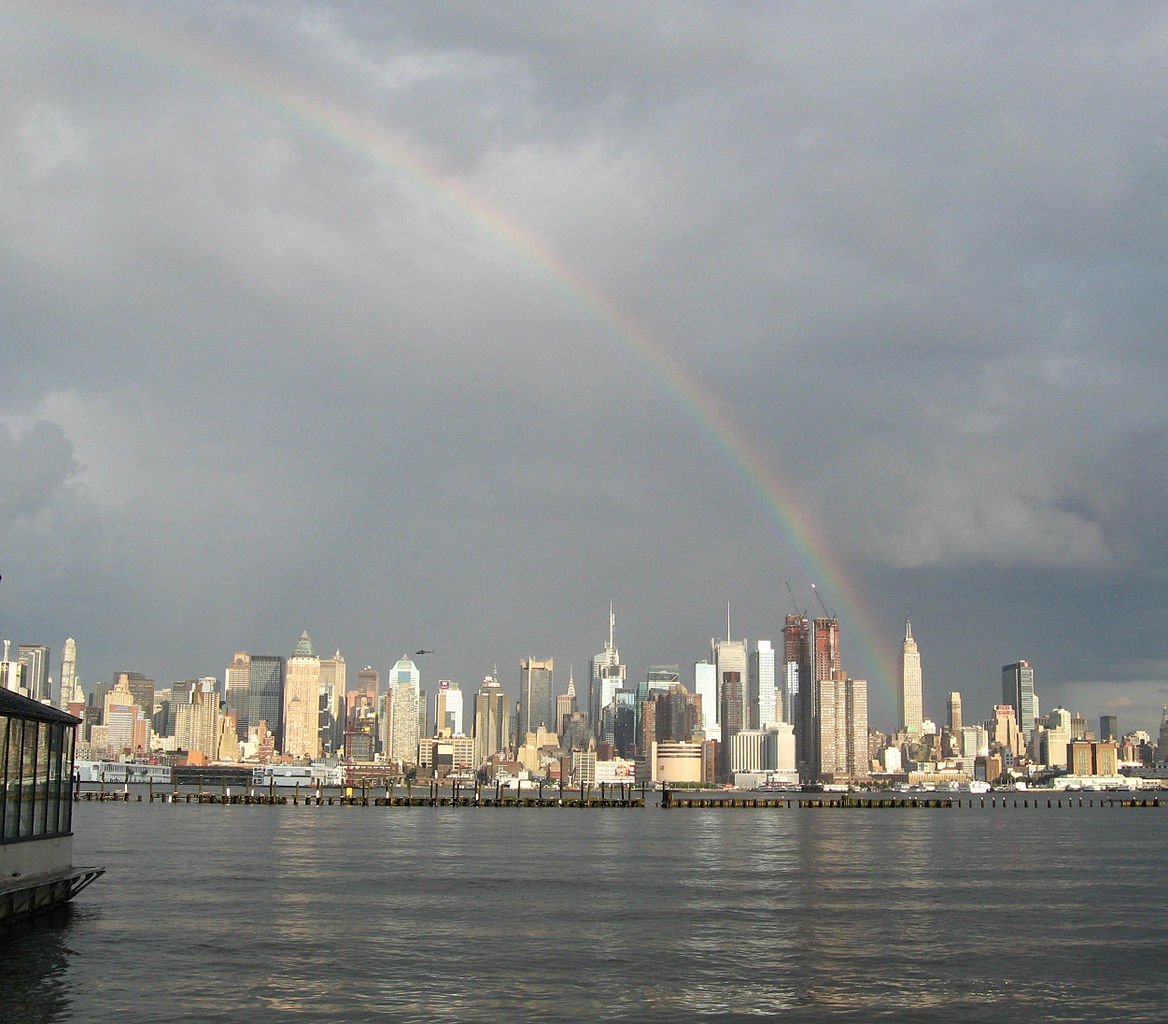There are cities big and small. And, then there is what’s referred to as “mega cities,” those with populations above 10 million.
From earlier reporting it was related that in 2050, city populations the world over will house two-thirds of world population, up from 50 percent today.
That’s a fairly sizable increase.
So, the question is: assuming this rise in population in cities will create additional burdens, say, on infrastructure, air and economies, to name three, will cities configured in such a way with population distributed in a more widely dispersed manner compared with those having higher concentrations of people per square mile, fare better?
There is no shortage of analysis.
Some experts say the way to go is through densification. Others, meanwhile, refute that position entirely.
So, I thought I would do an analysis of my own.
I want to go back to Jan. 26, 2009 in my own community of Fresno, California. On this day a regional summit was held at the Fresno Convention Center, downtown. It is closing in on 10 years now since this summit was held.
As one of an estimated 600 attendees, as a reporter for an agricultural publication at the time, my purpose in being there was solely to observe, gather information and do a corresponding write-up – a report. Why? Because, how the greater San Joaquin Valley develops over the short-, medium- and long-term will, undoubtedly, determine what effect this will have on land use, and included in that, is land devoted to and designated for agricultural purposes.
So, the corresponding article came out in the Mar. 2009 Vegetable Growers News magazine issue with the title: “San Joaquin Valley deals with development.”

I wrote, “The overall challenge can be summarized like this: If growth continues at its current 2 percent-per-year rate, population in the San Joaquin Valley will double in 35 years. Without a planned and coordinated effort to effectively deal with that growth, meeting the needs of between 9.5 million and 12 million residents by 2050 will be difficult.”
Referred to in that article was the American Farmland Trust’s “Paving Paradise: A New Perspective on California Farmland Conversion” study. Outlined or highlighted in the study were several key considerations, one of the more important ones in my opinion being: “If sprawling development patter ns [sic] continue, another 2 million acres of California land will be paved over by 2050. If, however, the state as a whole develops land as efficiently as Sacramento County or the [San Francisco] Bay Area did in recent years, a million acres of California’s irreplaceable farmland could be saved.”1
There is a related article in the same issue, incidentally, having the title: “Robinette’s takes advantage of urban sprawl.”

New York City, meanwhile, is a city of a tightly packed 8.6+ million people. Anyone in or who has been to the Big Apple knows all too well what it is like getting around in this near megalopolis. To say NYC is densely configured is to be understating the situation just a tad. The city has the highest per-capita transit usage of any city in the United States. It also has air pollution problems that rival cities and regions less dense with the more dispersed populations. (You may refer to the 2018 “State of the Air” report from the American Lung Association here for more and city-specific information).
Other areas like California’s South Coast region which is more spread out with 191 cities occupying some 38,000 square miles of land and home to 18 million residents according to one source, also has its share of negative impacts, among the main ones being smoggy air, traffic congestion and the ever-present and ubiquitous developmental sprawl. Water is right up there as well.
So, who is getting this right?
One place experts agree on is Vancouver, British Columbia, Canada. In fact, it was in a recent issue of Sunset magazine (most likely in a “Here + There” feature) and where “green” was the theme, that Vancouver, British Columbia was one of two North American-based west coast cities named.
Accompanying this was a so-called positive-and-supporting attributes list.

From other sources, meanwhile, I’ve read where years ago a critical decision was made to not only densify but, transit was substituted for highways. This truly insightful decision resulted in Vancouver being transformed, evolving from what once could be described as having a “cookie cutter” urban framework or appearance, in effect, following a growth and development style so common in so many other cities across the North American continent, to what can be considered a model with respect to place-making, space utilization, and enhanced travel and transportation efficiencies. A new and improved Vancouver had arrived!
That this is the case, why more and more cities are not following Vancouver’s lead is at best, puzzling and at worst, troubling.
If this western Canada metropolis can transition from one growth and development type to another, surely other metros can follow suit. In other words, if they can do it, others can too.
And, the cities that are behind the curve so-to-speak in this regard; seriously, what they need to be asking of themselves: What’s preventing us from doing the same?
It all comes down to survival. How well cities big, medium and small fare from here on out could have anything and everything to do with the following three inter-related constructs: 1) How adept are they at adapting; 2) How adept are they at mitigating; and 3) How adept are they at cooperating when it comes to their communities becoming the most resilient, the most sustainable and the best that they can be?
Something definitely worth thinking about. And, better sooner, than later.
Notes
- Alan Kandel, “San Joaquin Valley deals with development,” Vegetable Growers News, Mar. 2009, pp. 9, 17
Images: Jim henderson (middle); Carson Lam (lower)
This post was last revised on May 17, 2020 @ 6:35 a.m. Pacific Daylight Time.
– Alan Kandel

From my reading, the available water in the San Joaquin Valley is being monopolized by certain farmers. Water is in short supply and certainly not available for the 2% rising population. So its bottled water for them all!